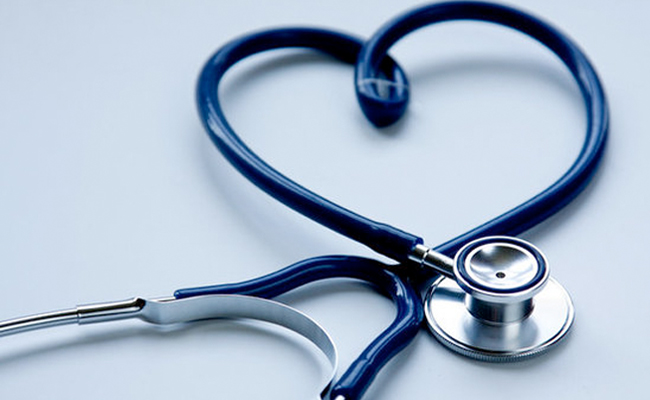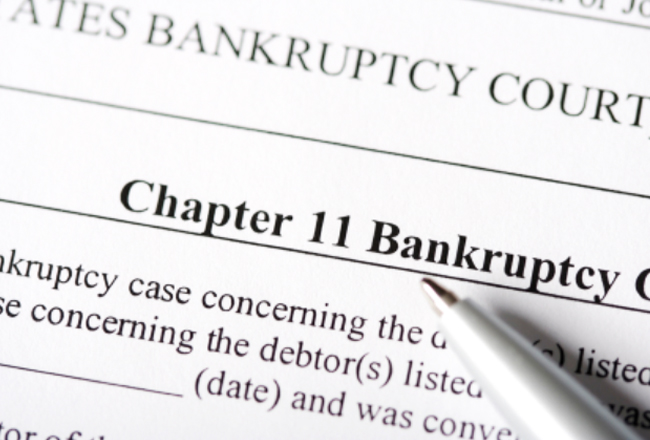More than 4.3 million New Yorkers signed up for health insurance plans this enrollment period through Obamacare, which state health officials noted is a record.
 The numbers were announced on Jan. 31 following the official close of the enrollment period for NY State of Health, the state”™s online insurance marketplace. The increase in enrollment of about 700,000 was touted by state health officials as a sign of demand despite uncertainty around the future of the Affordable Care Act, often referred to as Obamacare. The record enrollment comes following a change in federal law that removed a tax penalty for people without health insurance.
The numbers were announced on Jan. 31 following the official close of the enrollment period for NY State of Health, the state”™s online insurance marketplace. The increase in enrollment of about 700,000 was touted by state health officials as a sign of demand despite uncertainty around the future of the Affordable Care Act, often referred to as Obamacare. The record enrollment comes following a change in federal law that removed a tax penalty for people without health insurance.
“Covering 4.3 million New Yorkers is truly a historic milestone,” said Donna Frescatore, executive director for NY State of Health. “More consumers than ever before are using the marketplace for their health plan needs, proving that demand for quality, affordable coverage is at an all-time high ”“ demand that New York State of Health is able to meet.”
The majority of that enrollment comes from the 2.97 million people that signed up for Medicaid through the exchange. That”™s an increase of nearly 22 percent from last year”™s enrollment.
Also popular was the Essential Plan, a government sponsored insurance option that offers plans that cost $20 a month for low-income individuals, or families, that do not qualify for Medicaid. About 739,000 New Yorkers enrolled in the Essential Plan for 2018, up about 11 percent from the 2017 enrollment.
The Essential Plan lost a big chunk of its funding last fall when President Donald Trump announced that his administration would cut off cost-sharing reduction payments to insurers. The payments, set up under the Affordable Care Act, cut down on the out-of-pocket costs on marketplace plans for people whose incomes are up to 250 percent of the federal poverty level. Trump argued the payments were unlawful.
But the payments also provided part of the federal funding for New York”™s Essential Plan. Gov. Andrew M. Cuomo cited the loss of that federal funding last month when he called for the creation of a $1 billion “health care shortfall” fund to keep the state”™s health care programs running despite federal cuts. His budget proposal for the next fiscal year does not include any cuts to Essential Plan funding.
New York Attorney General Eric Schneiderman, meanwhile, is leading a group of 19 states suing the federal government to block its decision to cancel the payments.
Beyond the Essential Plan and Medicaid, New York State of Health also saw gains in the commercial plans sold on its exchange, known as Qualified Health Plans. About 253,000 people enrolled in commercial plans for 2018, a 4 percent increase from last year. The increase came in spite of premium increases from exchange insurers that averaged near 15 percent. State health officials have long argued that most customers are insulated from those increases by tax credits. About 149,000, or 59 percent, of commercial health plan enrollees qualified for financial assistance, according to state data.
Enrollment in Child Health Plus plans, which offer affordable insurance to children under 19, increased about 25 percent. The program charges premiums based on a sliding family income scale. It enrolled 374,577 young New Yorkers for 2018.
New York”™s three-month enrollment period ran beyond the Dec. 15 cutoff set by the federal government for states that rely on the federal Healthcare.gov marketplace. The state”™s announcement said that decision was validated by the 24,000 people who signed up for Qualified Health Plan between Dec. 15 and Jan. 31.
Enrollment in Medicaid, Child Health Plus and the Essential Plan insurance offerings on the exchange is open year-round.






















